Dinner
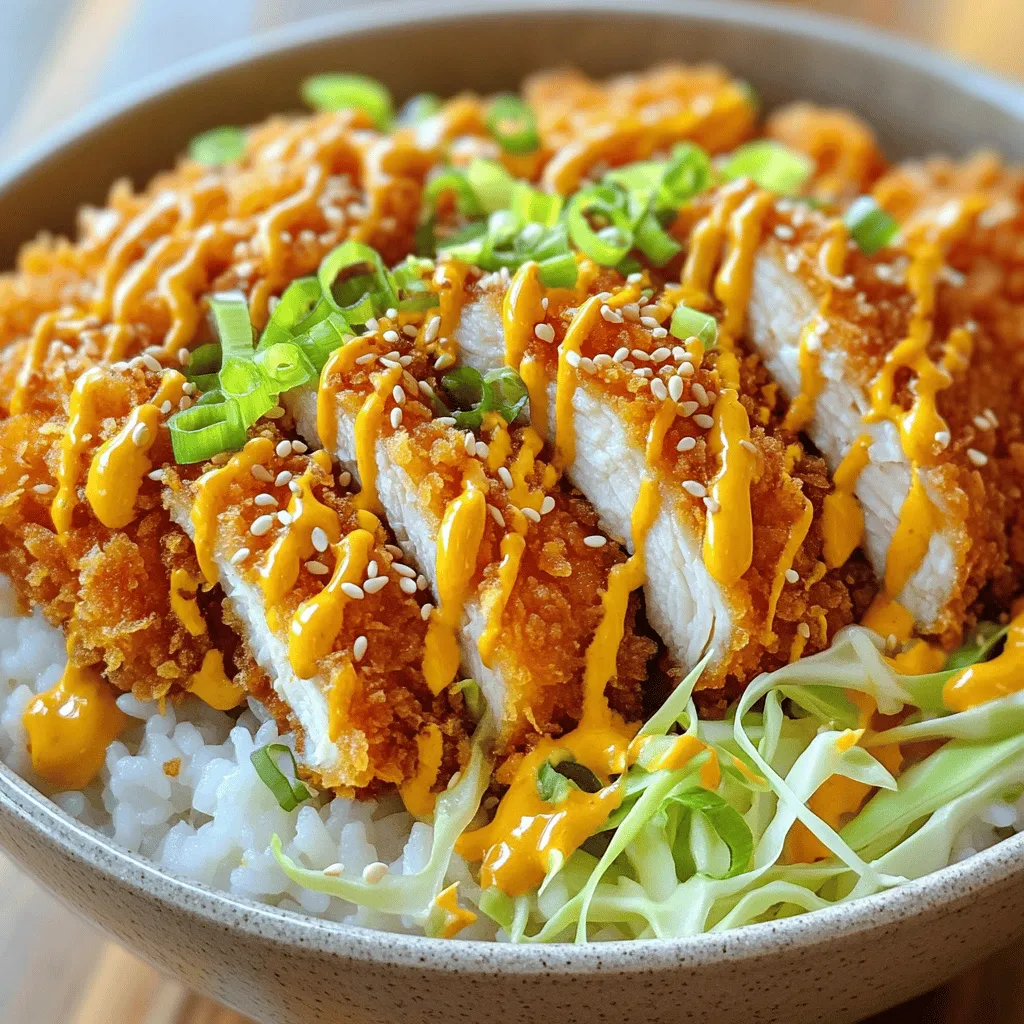
Savory Japanese Katsu Bowls Quick and Easy Recipe
Are you ready to dive into the delicious world of Japanese Katsu Bowls? This quick and easy recipe will have you savoring crispy, golden chicken
. {{image_4}} You can make this soup without chicken. Use firm tofu or chickpeas instead. Both add protein and texture. Swap the chicken broth for vegetable broth for a rich flavor. Use almond milk or any other plant-based milk to keep it creamy. You can also add more veggies like mushrooms, zucchini, or corn for extra color and taste. If you need a gluten-free version, replace the whole wheat flour with gluten-free flour. This keeps the soup thick and hearty. Make sure your broth is also gluten-free. Most brands have options that fit. You can use cornstarch mixed with water as a thickener if needed. It works well and stays gluten-free. To give your soup a unique twist, add different herbs and spices. Fresh dill or parsley can brighten the flavors. For some heat, try a pinch of cayenne pepper. You can also toss in more vegetables, like green beans or sweet potatoes. These add both nutrition and flavor. Enjoy experimenting to find your favorite mix! For the full recipe, check out the detailed instructions above. To keep your Healthy Chicken Pot Pie Soup fresh, let it cool. Once cool, transfer it to an airtight container. Make sure to store it in the fridge. This soup stays good for about 3 to 4 days. Avoid leaving it out for long to prevent spoilage. When you are ready to enjoy your soup again, gently reheat it. You can do this on the stove over medium heat. Stir it often to prevent sticking. If the soup is too thick, add a splash of water or broth. Heat until it is warm throughout. You can also use the microwave. Just heat in short bursts, stirring in between. If you want to store your soup longer, freezing is a great option. Before freezing, let it cool completely. Use freezer-safe containers or bags, leaving some space for expansion. Label the containers with the date. The soup can freeze well for about 2 to 3 months. When you want to eat it, thaw it in the fridge overnight. Then, reheat as mentioned before. Enjoy your comforting soup anytime! Yes, you can! Try turkey, beef, or even seafood. Each option brings a unique taste. For turkey, use the same amount as chicken. For beef, choose lean cuts and cut them small. Seafood like shrimp or fish adds a fresh twist. Just adjust cooking times to ensure everything cooks well. One great way is to use unsweetened almond milk, which is low in calories. You can also blend a portion of the soup. This thickens it while keeping it light. Another option is to add pureed cauliflower or silken tofu for creaminess without many calories. These ingredients boost the soup's texture without heavy cream. This soup pairs well with whole-grain bread or a fresh salad. Bread adds a nice crunch and helps soak up the soup. A simple green salad with a light dressing keeps things fresh. You can also serve it with roasted veggies for added flavor and nutrients. Check out the Full Recipe for more ideas! This blog post shared the keys to making a healthy chicken pot pie soup. We covered the main ingredients, alternatives, and the benefits of each. You learned how to prepare and cook the soup, with tips for the perfect texture. We also discussed variations for different diets and how to store your soup. In the end, this dish is flexible and easy to make. You can adjust it to fit your tastes and needs. Enjoy creating your own healthy soup!](https://roastedflavors.com/wp-content/uploads/2025/06/bf3e1772-6a8d-4958-adc3-8cb2a17a1c24.webp)
Healthy Chicken Pot Pie Soup Comforting and Simple Recipe
If you crave warmth and comfort in a bowl, try my Healthy Chicken Pot Pie Soup. This simple yet satisfying recipe combines the classic flavors
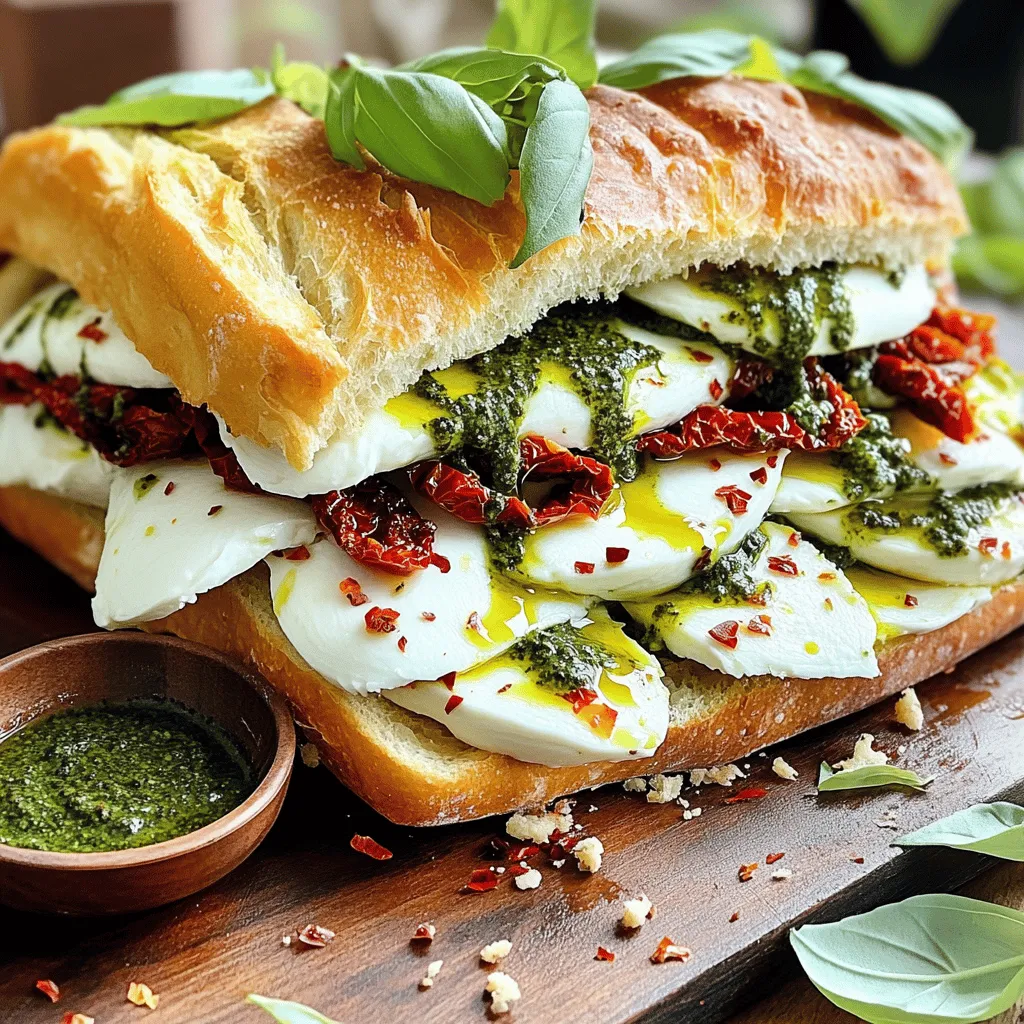
Grilled Mozzarella Sandwich Perfectly Crispy Delight
If you crave a warm, melty treat that’s crispy on the outside and gooey on the inside, you’re in the right place! This Grilled Mozzarella
. How to avoid overcooking shrimp: To keep shrimp tender, cook them for just 2-3 minutes on each side. Look for a pink color and opaque texture. If they curl tightly, they may be overcooked. Best practices for creamy sauces: Start with low heat when making your sauce. This helps to prevent burning the cream. Stir frequently to keep the sauce smooth and creamy. If it gets too thick, add a bit of reserved pasta water. Suggestions for additional herbs and spices: Basil, parsley, and thyme add fresh flavor. You can also try a dash of oregano or Italian seasoning. For a kick, add more red pepper flakes or some cayenne. When to add extra salt and pepper: Taste your sauce after adding the shrimp and before serving. This is the best time to adjust salt and pepper. Start with a pinch and add more as needed. Plating tips for a romantic dinner: Use deep bowls for serving. Twirl the fettuccine into a nest shape for height. This makes your dish more inviting and elegant. Using garnishes to enhance visual appeal: Add fresh basil leaves on top for a pop of color. A sprinkle of grated Parmesan adds a nice touch too. You can also drizzle a bit of olive oil for shine. For a touch of romance, place a few sun-dried tomatoes around the edge. For a detailed recipe, check the Full Recipe for all the steps and ingredients! {{image_4}} For those with dietary needs, you can easily adjust this dish. - Gluten-free pasta alternatives: Look for gluten-free fettuccine made from rice or quinoa. These options cook similar to traditional pasta, keeping the texture you desire. - Dairy-free substitutions for cream and cheese: Use coconut cream or cashew cream instead of heavy cream. Nutritional yeast works well as a cheese substitute for that savory flavor. Feel free to switch up the seafood or add more veggies. - Using different types of seafood: You can use scallops, crab, or even lobster. Each option brings a unique taste to the dish. - Vegetable variations for added texture: Consider adding bell peppers, zucchini, or asparagus. These will not only enhance the flavor but also add color and crunch. Get creative with your sauce for a different twist. - Adding flavored oils or butters: Use garlic-infused olive oil or herb butter for extra depth. This small change can elevate the entire dish. - Experimenting with different cheese types: Try goat cheese, feta, or even a sharp cheddar. Each cheese will give a unique flavor profile and creaminess to your sauce. For the full recipe, you can refer to the Creamy Marry Me Shrimp Pasta recipe provided above. When you have leftovers of this creamy marry me shrimp pasta, it is key to store them right. Use airtight containers so the dish stays fresh. Glass or plastic containers work well. Make sure to cool the pasta before sealing. This helps prevent moisture buildup. To cool the pasta, let it sit at room temperature for about 30 minutes. Once cooled, place it in your container and put it in the fridge. The pasta will last for about three days. To reheat the pasta, use the stove for the best results. Place the leftovers in a skillet over low heat. Add a splash of water or extra cream to keep it creamy. Stir often to warm it evenly. You can also use a microwave, but be careful. Heat it in short bursts. Stir in between to avoid hot spots. Adding liquid helps keep the dish moist. If you want to save your creamy marry me shrimp pasta for later, freezing is an option. However, it is best to freeze the pasta and sauce separately. This helps maintain the texture. Place the cooked pasta in one bag and the sauce in another. Squeeze out the air before sealing. You can freeze them for up to three months. When you are ready to eat, thaw the sauce in the fridge overnight. Reheat it on the stove while cooking the pasta. This keeps everything fresh and tasty. Marry Me Shrimp Pasta is a modern dish known for its rich flavors. It combines shrimp, cream, and pasta, making it a comforting meal. Many believe it got its name from its ability to impress dates. The dish has roots in Italian cuisine, where seafood and pasta shine together. Its creamy sauce enhances the shrimp's sweetness, creating a delightful balance. Chefs worldwide have embraced this dish, adding their personal touches. To add heat to your shrimp pasta, use red pepper flakes. Start with a teaspoon and increase it to your taste. You can also add diced jalapeños or spicy sausage. If you love heat, try a splash of hot sauce in the cream sauce. Remember, balance is key, so adjust slowly to avoid overpowering the dish. Yes! You can make Marry Me Shrimp Pasta ahead of time. Cook the pasta and shrimp separately, then store them in the fridge. Prepare the cream sauce, then keep it in an airtight container. When ready to eat, just reheat the sauce and combine everything. This method keeps the pasta from getting soggy and maintains flavor. Wine enhances Marry Me Shrimp Pasta beautifully. A crisp white wine, like Pinot Grigio, pairs well. It balances the creaminess and brings out the shrimp's taste. For side dishes, consider a fresh salad or garlic bread. These options add texture and flavor, creating a perfect meal. Absolutely! Marry Me Shrimp Pasta is perfect for romantic dinners or celebrations. Its rich flavors and creamy texture feel luxurious. You can elevate your dining experience with elegant plating. Use deep bowls and add a sprinkle of extra cheese and fresh herbs for a beautiful finish. Presentation matters when serving Marry Me Shrimp Pasta. Start by using deep bowls for a cozy feel. Garnish with fresh basil leaves to add color and aroma. A light sprinkle of Parmesan cheese and red pepper flakes enhances the look. Arrange the shrimp artfully around the pasta for a professional touch. This blog post covered a quick and tasty recipe for Marry Me Shrimp Pasta. We started with key ingredients like fettuccine, shrimp, garlic, and heavy cream. I shared step-by-step cooking advice to get the perfect texture and flavor. We explored tips to enhance taste and ideas for personalizing the dish. In the end, this dish is great for any occasion. With a few simple changes, you can make it your own. Enjoy making it and impressing your guests!](https://roastedflavors.com/wp-content/uploads/2025/06/e841f66f-d70f-4be1-b714-897756aa061d.webp)
Creamy Marry Me Shrimp Pasta Perfectly Cooked Delight
Get ready to impress your taste buds with my Creamy Marry Me Shrimp Pasta! This dish combines perfectly cooked shrimp, rich cream, and fresh spinach,
![To make Italian Basil Chicken Cutlets, you need fresh and simple ingredients. Here’s what you’ll need: - 4 boneless, skinless chicken breasts - 1 cup fresh basil leaves, finely chopped - 1/2 cup freshly grated Parmesan cheese - 1 cup panko breadcrumbs - 2 large eggs - 1/4 cup all-purpose flour - 2 cloves garlic, finely minced - 1 teaspoon dried oregano - Salt and pepper, to taste - Olive oil, for frying - Lemon wedges, for serving These ingredients come together to create a tasty dish. The chicken is tender and juicy, while the herbs and cheese add great flavor. I love using fresh basil; it brings a bright and aromatic touch. The panko breadcrumbs give a nice crunch, making each bite delightful. When gathering your ingredients, choose high-quality chicken and fresh herbs. Fresh basil and Parmesan cheese make a big difference in taste. You can find panko breadcrumbs at most grocery stores, and they’re worth it for that extra crunch. Don't forget the lemon wedges! They brighten the dish and enhance the flavors. If you want to see the full recipe, check out the complete guide. Begin by placing each chicken breast between two sheets of plastic wrap. Use a meat mallet or a rolling pin to pound the chicken. Aim for an even thickness of about 1/2 inch. This step is key. It helps the chicken cook evenly and stay tender. Now, create a production line with three shallow bowls. In the first bowl, mix the flour with a pinch of salt and some freshly ground pepper. In the second bowl, whisk the eggs until they are smooth and creamy. The third bowl holds the panko breadcrumbs, grated Parmesan cheese, chopped basil, minced garlic, and dried oregano. Mix well to spread the flavors. Take one chicken cutlet and lightly coat it in the flour mixture. Make sure to shake off any extra flour. Next, dip the cutlet into the egg mixture, ensuring it is fully covered. Finally, press the cutlet into the breadcrumb mix. This step is crucial for a nice, crispy coating. Repeat for all chicken breasts. In a large skillet, heat about 1/4 inch of olive oil over medium heat. To check if the oil is hot, drop a small piece of breadcrumb into it. If it sizzles, you are ready. Carefully place the breaded chicken cutlets in the skillet. Avoid overcrowding the pan. Fry each cutlet for about 4 to 5 minutes on each side. Look for a golden brown color to know they are done. Cook in batches if needed. Once cooked, move the chicken cutlets to a plate lined with paper towels. This helps soak up any extra oil. Serve the cutlets warm. Garnish with more chopped basil and add lemon wedges on the side. Squeezing the lemon over the cutlets adds a refreshing touch. Enjoy this flavorful dish! You can find the Full Recipe to guide you through every step. To make your Italian Basil Chicken Cutlets shine, use fresh herbs. Fresh basil truly adds a bright taste. You can also mix in oregano and thyme. A pinch of red pepper flakes gives a nice kick. For some zest, try lemon zest or a splash of lemon juice. These flavors will dance on your palate. Panko breadcrumbs are the secret to a crunchy cutlet. They are lighter and crispier than regular breadcrumbs. To get the most crunch, toast the panko lightly in a dry pan first. This step adds color and flavor. Be sure to press the breadcrumbs firmly onto the cutlets. This helps them stick during frying, ensuring a perfect texture. When frying, watch the oil temperature closely. If the oil is too hot, the cutlets will burn. If it’s too cool, they will absorb too much oil. Always fry in batches. Overcrowding the pan cools the oil down. This can lead to soggy cutlets. Cook until they are golden brown and always check for doneness with a meat thermometer. The chicken should reach 165°F for safety. {{image_4}} If you want to mix it up, try different options. For chicken, you can use turkey cutlets or pork chops. Both stay juicy and flavorful. Instead of panko breadcrumbs, you can use regular breadcrumbs or crushed crackers for a different texture. When it comes to cheese, try mozzarella or even feta for a tangy twist. You do not have to fry the chicken. You can bake or air-fry it. For oven-baking, preheat to 400°F. Place the breaded cutlets on a baking sheet lined with parchment paper. Bake for about 20 minutes or until golden and cooked through. For air-frying, set your air fryer to 375°F and cook for 10-12 minutes, flipping halfway through. Both methods keep the chicken tender and tasty. Want to add more flavors? Think about Mediterranean touches. Mix sun-dried tomatoes or olives into the breadcrumb mix. You can also add some Italian herbs like thyme or rosemary for an extra kick. These small changes can give your dish a whole new vibe while still keeping it simple and delicious. For the full recipe, check out the detailed instructions to make these flavorful cutlets. To store leftovers, let the chicken cutlets cool first. Place them in an airtight container. You can keep them in the fridge for up to three days. If you want to save them longer, freeze the cutlets. Wrap each cutlet in plastic wrap and then place them in a freezer bag. They will last up to three months in the freezer. Reheating chicken cutlets can be tricky. You want to keep them crispy. The best way is to use an oven. Preheat the oven to 375°F (190°C). Place the cutlets on a baking sheet. Heat them for about 10-15 minutes. You can also use an air fryer. Set it to 350°F (175°C) and heat for about 5-7 minutes. This keeps the outside crispy while warming the inside. The shelf life of Italian Basil Chicken Cutlets depends on how you store them. In the fridge, they stay fresh for about three days. If frozen, they can last up to three months. Just make sure to label the container with the date. Always check for signs of spoilage before eating. When properly stored, these cutlets remain tasty and safe to enjoy! For a great meal, pair these cutlets with simple sides. I recommend: - Garlic mashed potatoes - Steamed green beans - A fresh garden salad - Roasted vegetables - Pasta with olive oil and herbs These sides balance the flavors and make a complete meal. To check if the chicken is done, use a meat thermometer. The thickest part of the chicken should reach 165°F. If you don’t have a thermometer, cut into the thickest part of a cutlet. The juices should run clear, not pink. Always trust your senses to ensure safety. Yes, you can easily make this dish gluten-free. Use gluten-free breadcrumbs instead of regular panko. For the flour, swap it out for a gluten-free blend. These changes keep the taste while making it safe for those avoiding gluten. Absolutely! This dish is perfect for meal prep. You can bread and cook the cutlets ahead of time. Store them in the fridge for up to three days. Reheat them in the oven to keep them crispy. It saves time on busy days while still tasting fresh. For the complete recipe for Italian Basil Chicken Cutlets, check out the [Full Recipe]. This blog post covered how to make Italian Basil Chicken Cutlets. You learned about the key ingredients, like chicken, basil, and Parmesan. I walked you through step-by-step instructions for preparation, breading, and frying. We discussed tips for flavor and crispiness, plus some variations to try. In closing, with these easy methods and tips, you can create a delicious dish. Enjoy experimenting with flavors and cooking methods to make it your own!](https://roastedflavors.com/wp-content/uploads/2025/06/5546fd64-b506-49ba-a904-d867323d3736.webp)
Italian Basil Chicken Cutlets Flavorful and Easy Meal
Are you craving a tasty dinner that’s simple to make and full of flavor? Look no further! Italian Basil Chicken Cutlets are your answer. With
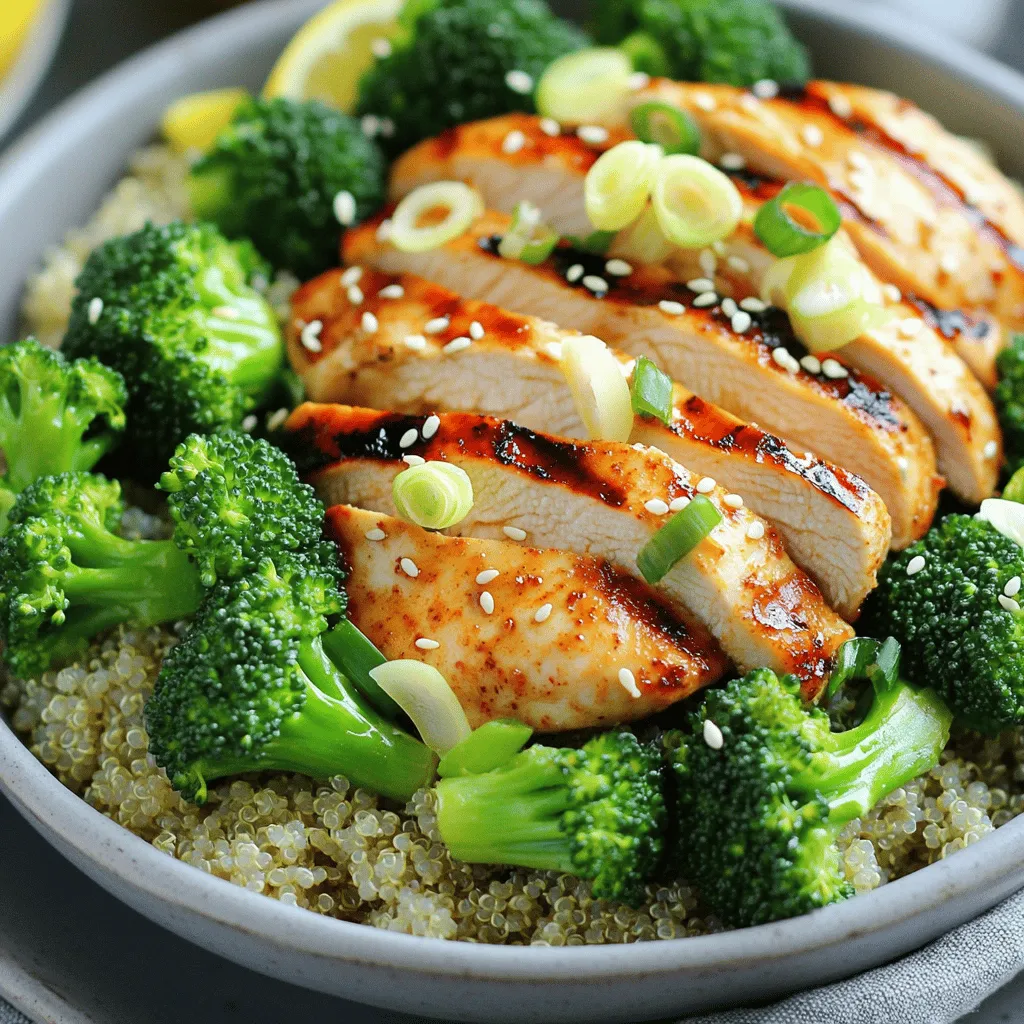
Grilled Chicken & Broccoli Bowls Flavorful Meal Prep
Looking for a quick and tasty meal prep idea? Let’s make Grilled Chicken & Broccoli Bowls that are not only delicious but also easy to
. To get the most from your baked ziti, let the sauce simmer longer. This helps mix the flavors well. A simple rule is to simmer it for at least 10 extra minutes. This extra time allows the spices to release their full taste. You will notice a richer, deeper flavor that will impress your guests. For a golden top, use the right technique with mozzarella cheese. After baking, remove the foil for the last 15 minutes. This step lets the cheese bubble and brown nicely. For an extra crispy finish, broil it for 2 minutes at the end. Keep a close eye to avoid burning! Seasoning is key to making your dish shine. Start with salt and pepper, but feel free to add more herbs. A pinch of garlic powder or a dash of Italian seasoning can enhance the taste. Always taste as you go. This way, you can adjust to your liking before it goes into the oven. {{image_4}} You can easily add meat to your baked ziti. Ground beef, sausage, or turkey work well. Just brown the meat in the skillet before adding the vegetables. This adds a rich flavor and texture. You can use any type of ground meat you prefer. Mixing in meat makes this dish more filling and hearty. If you want a meatless option, use more veggies. Spinach, mushrooms, or eggplant add great taste. You can also swap regular cheese for plant-based cheese. This keeps the dish creamy and delicious while being plant-friendly. These changes make baked ziti suitable for everyone. For a gluten-free version, try different pasta types. Look for gluten-free ziti or penne. Many brands offer great options made from rice or quinoa. Be sure to check the cooking time. Gluten-free pasta can cook faster than regular pasta. This way, everyone can enjoy baked ziti without worry. For the full recipe, check out the Cheesy Delight Baked Ziti. It's a great way to enjoy all these variations! To store leftovers, let the baked ziti cool. Place it in an airtight container. Keep it in the fridge for up to three days. This keeps the flavors fresh and tasty. When storing, make sure it is covered well to avoid drying out. You can also use plastic wrap on the dish before placing it in the fridge. To freeze baked ziti, follow these steps. First, let the dish cool completely. Then, wrap it tightly in plastic wrap. Use aluminum foil over the wrap for extra protection. You can freeze it for up to three months. When you’re ready to eat, thaw it in the fridge overnight before reheating. For reheating, use the oven for the best results. Preheat your oven to 350°F (175°C). Place the ziti in an oven-safe dish. Add a splash of water or extra sauce to keep it moist. Cover it with foil to stop it from drying out. Heat for about 20-25 minutes, or until it's warm all the way through. Enjoy your cheesy delight straight from the oven! Baked ziti lasts about 3 to 5 days in the fridge. Store it in an airtight container. This keeps it fresh and tasty. If you want to keep it longer, freezing is a great option. You can make baked ziti ahead of time. Prepare it the day before and store it in the fridge. Just cover it tightly with foil. When ready to bake, let it sit out for a bit. This helps it warm up. Then, bake it as normal. Baked ziti pairs well with many sides. Here are some great options: - Garlic bread for a crunchy bite - Side salad for freshness - Roasted veggies for added color - A light soup for a cozy touch These sides balance the meal and keep it fun. For more ideas, check out my other recipes! Baked ziti is a simple yet delicious dish you can easily make at home. We covered key ingredients, equipment, and step-by-step instructions to guide you. You learned how to enhance flavor and customize the dish to your liking. Remember, you can make baked ziti your own with different meats, veggies, and cheese. Enjoying this meal with friends or family makes it even better. Now, gather your ingredients, and let’s create something tasty together!](https://roastedflavors.com/wp-content/uploads/2025/06/e29a5b84-e84e-46ca-8550-28401efe6a4a.webp)
Baked Ziti Flavorful Dish for Cozy Nights
Baked ziti is the ultimate comfort food for cozy nights. This dish mixes pasta, rich marinara, and melted cheese into one delicious meal. Imagine a
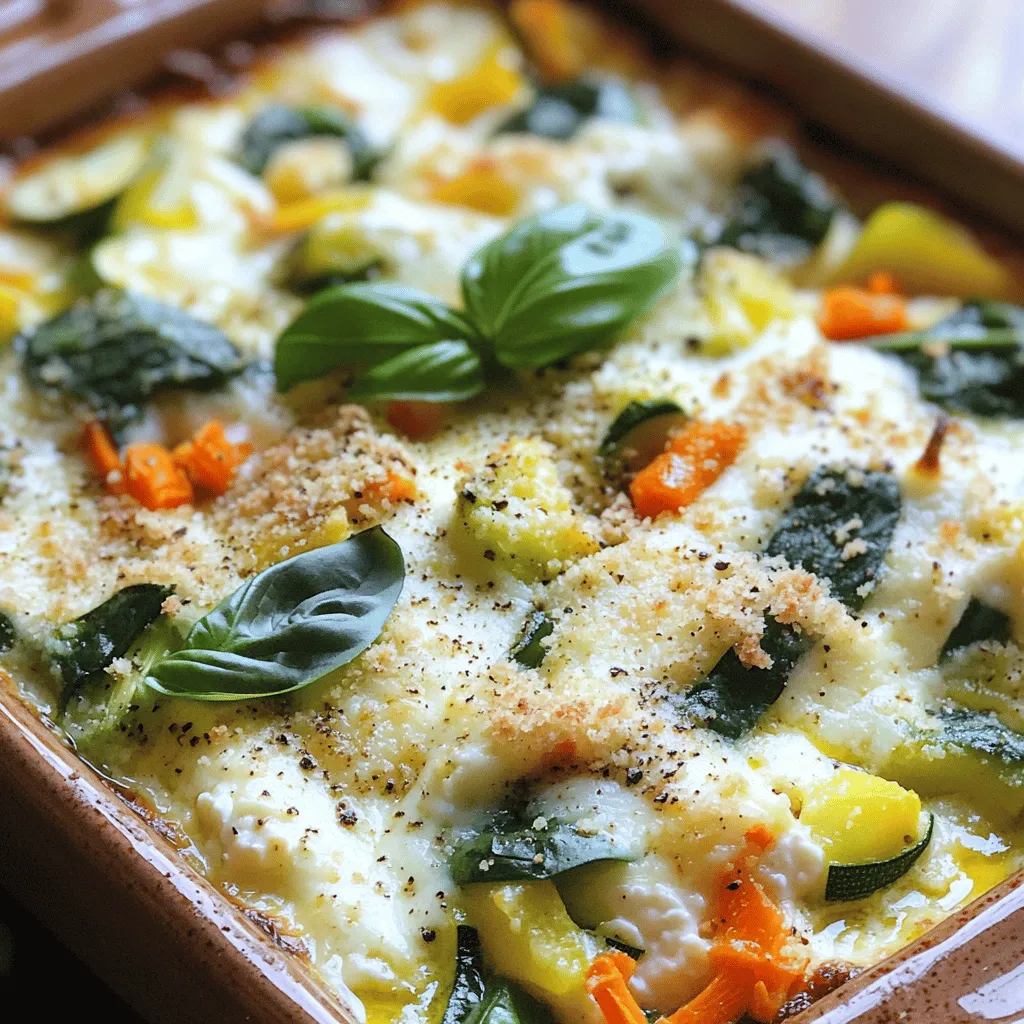
Cottage Cheese and Veggie Bake Healthy Dinner Idea
Looking for a tasty and healthy dinner? Try my Cottage Cheese and Veggie Bake! This dish is packed with flavor and nutrients. Plus, it’s easy
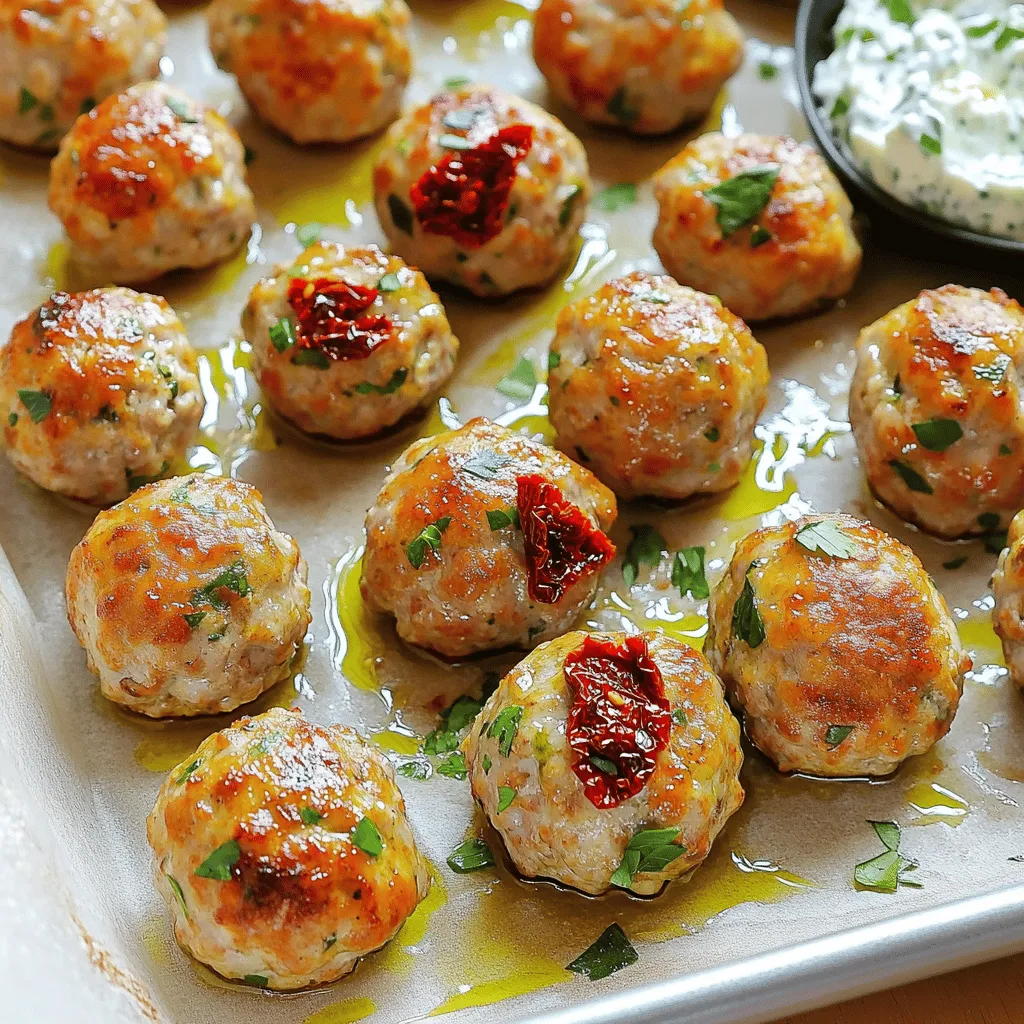
Healthy Greek Turkey Meatballs Quick and Tasty Recipe
Are you ready to impress your taste buds with a healthy twist? In this guide, I’ll show you how to make Healthy Greek Turkey Meatballs

Honey Garlic Chicken Flavorful Dinner You’ll Love
Looking to impress your family with a delicious meal? Honey Garlic Chicken combines sweet and savory flavors for a dish you’ll absolutely love. In this